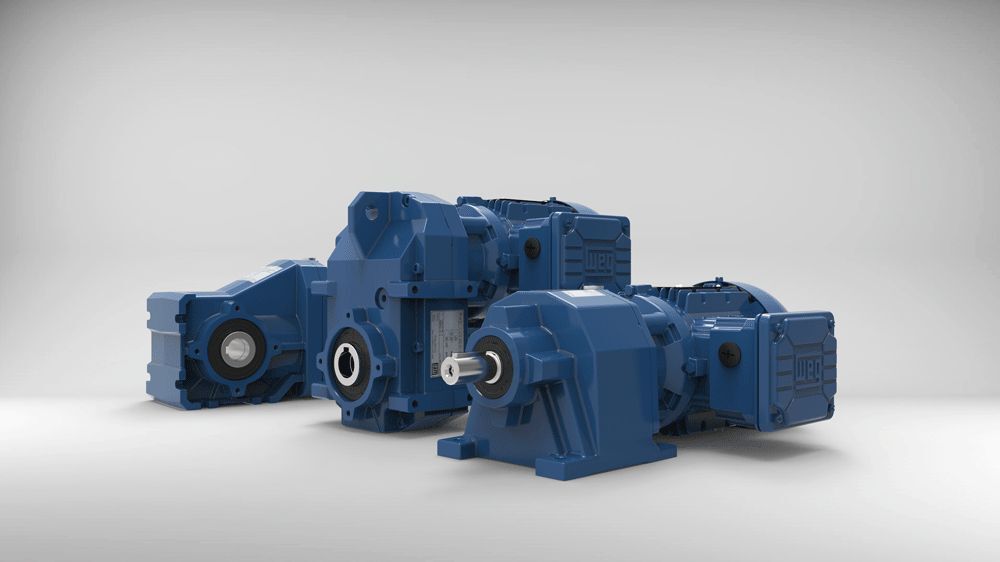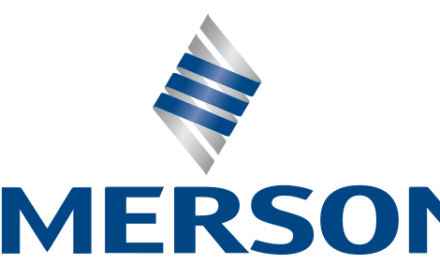The global geared motor market is expected to reach approximately $32.9 billion by 2025. But, before plant operators and mechanical engineers invest in the latest geared motor technology, what are the key purchasing considerations? Here, Marek Lukaszczyk, European and Middle East marketing manager of gearbox, motor and drive manufacturer WEG, explains five questions to ask before you buy a geared motor.
Gears are among the most important components in many drive trains in industry. They are primarily used in combination with an electric motor to set machines and systems in motion and keep them moving. Due to the large number of geared motors available on the market, there are countless technical characteristics that can be used to assess the quality, reliability and cost-benefit ratio of a geared motor. So, where do you start?
Does the geared motor offer an optimal cost-benefit ratio?
Naturally, a gear unit with a good cost-benefit ratio will be preferred to a gear unit that performs very well but is too expensive to run. Maintenance costs are an important segment of lifetime costs. If a gear unit is particularly robust and dependable, it results in less call outs and has a positive effect on system availability. Lifetime lubrication for example, is a good low-maintenance indicator that could make a huge difference in cost of ownership.
It’s also important to consider the technical requirements of the application, as if these are not optimally met, this can incur additional long-term costs. Factors such as power, speed and torque are fundamental to any application, and directly affect the size and costs of a geared motor. If for instance, the combination of motor and gear unit is incorrectly selected, energy efficiency is significantly reduced, which will have a negative effect on the cost-benefit ratio.
Which gear unit best suits my application?
In industry, gear drives are primarily used. These include helical gear, bevel gear, parallel shaft gear and worm gear units, which make up the majority of all installed gears, with planetary gears used to a lesser extent. Design differs depending on the application in which the geared motors are to be used.
All application conditions need to be taken into consideration. These include space requirements, drive output, drive control and other ambient conditions. To make the right choice, it should also be clear what loads the gear unit will be exposed to in the specific application. The spatial conditions of the application and the installation dimensions of the geared motors are key factors, especially when retrofitting.
Design specifications such as different coating systems, the protection class, as well as the type of shaft seal rings and shaft material, should be considered depending on where the unit will be used. While there is no one size fits all response to this question, the more clearly defined the initial specification, the less modifications required.
How can I identify a good gear unit?
When purchasing geared motors, certifications are important, especially when they are destined for worldwide use. For example, the CE marking is mandatory for Europe and proves that the product meets the applicable design requirements.
In addition, the versatility of the unit must be considered. There is no global standard line voltage and it can vary significantly depending on the country concerned. A versatile unit will cover the line voltages in use in the major global markets (110–690 V – 50/60 Hz), meaning that they can be used worldwide with simple voltage switching.
This reduces the expense considerably, as many asynchronous motors are very limited in terms of voltage switching due to their winding design. WEG’s EUSAS motor is a good example of a versatile option that can be used in Europe, USA and Asia.
Is the gear unit energy efficient?
Efficiency is a very important factor — both for environmental and financial reasons. While energy efficient products may have a higher cost, they have clear cost savings and environmental benefits in the medium to long term. In fact, energy costs account for approximately 90 per cent of the total life cycle costs of geared motors.
Modern gear units are ultra-efficient: Only about 1.5 per cent of dissipated power is assumed for each ratio stage. With a good gear unit, the developers will have analysed and optimised potential sources of dissipation, for example, by reducing the gear splashing losses. Combine gear units offering efficient power transmission with IE3 or IE4 mounted motors for the ideal solution.
Is my manufacturer’s global supply chain and service reliable?
Finally, if your equipment unexpectedly fails, the fast delivery of spare parts is crucial to avoid unnecessary downtime. Efficiency in the supply chain shouldn’t be ignored at the procurement stage. When faced with the decision between an inexpensive gear unit, which cannot be delivered quickly and a slightly more costly unit with a reliable and rapid global service network, the latter offers a better cost-benefit ratio. The former could result in productivity losses not only to the company, but also its customers, which could have negative implications for the company’s reputation.
It’s only when these characteristics are considered together that a plant operator or mechanical engineer can truly make the best purchasing decision. For further information about WEG’s geared motors, download the whitepaper, What mechanical engineers and plant operators need to know when buying geared motors, here.



